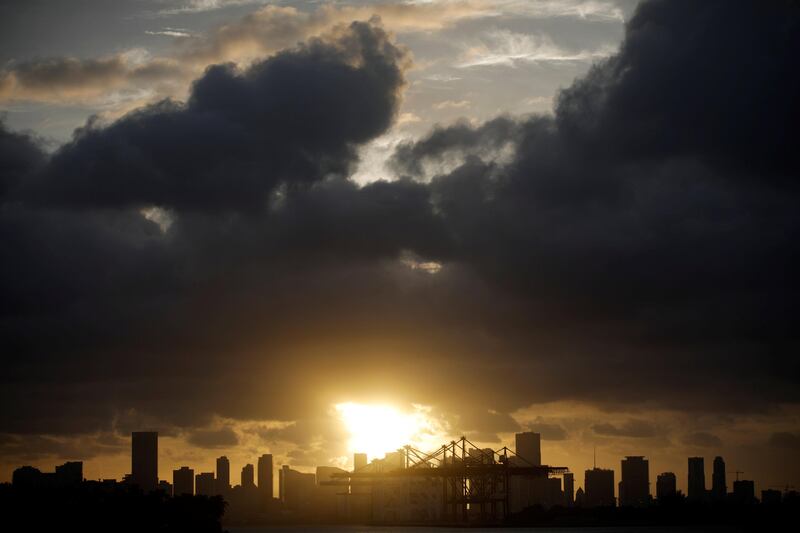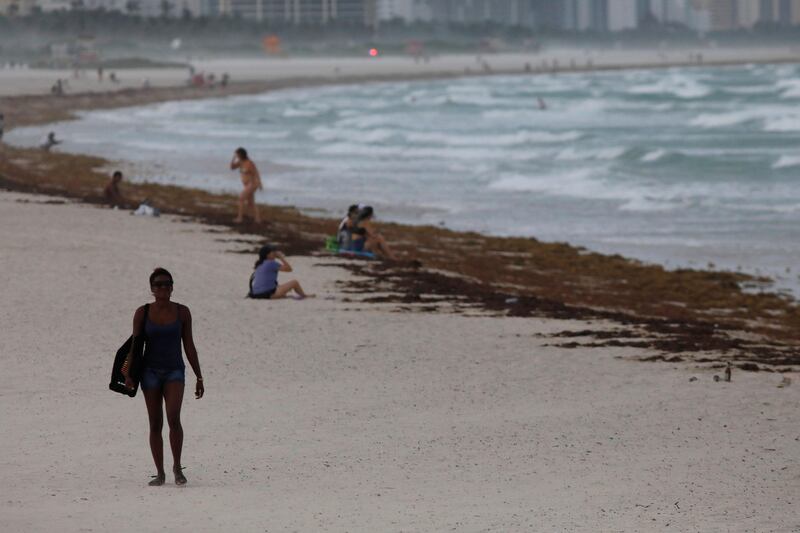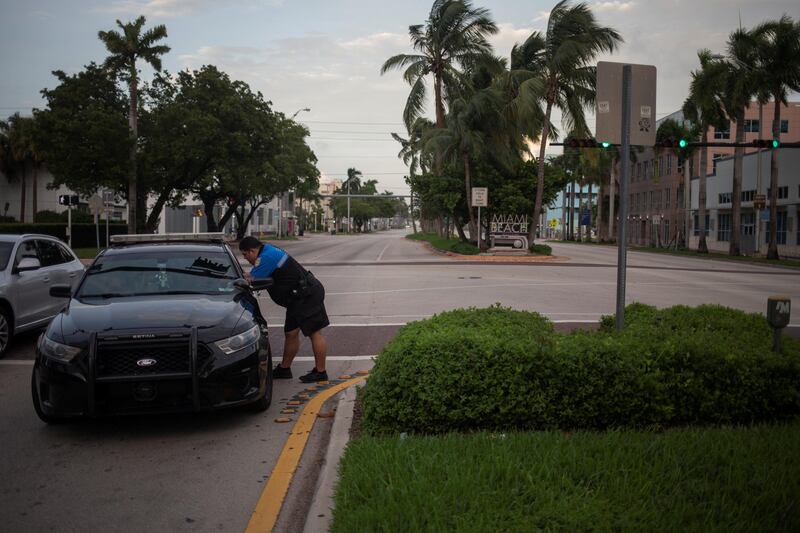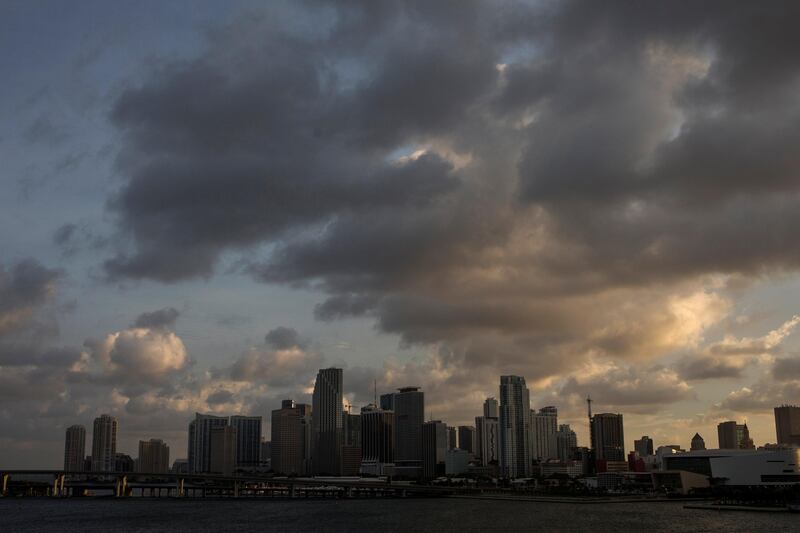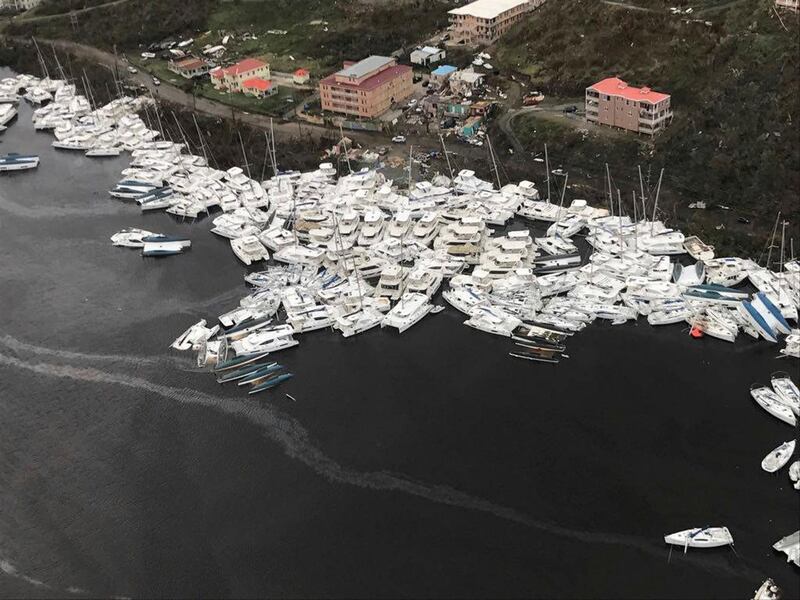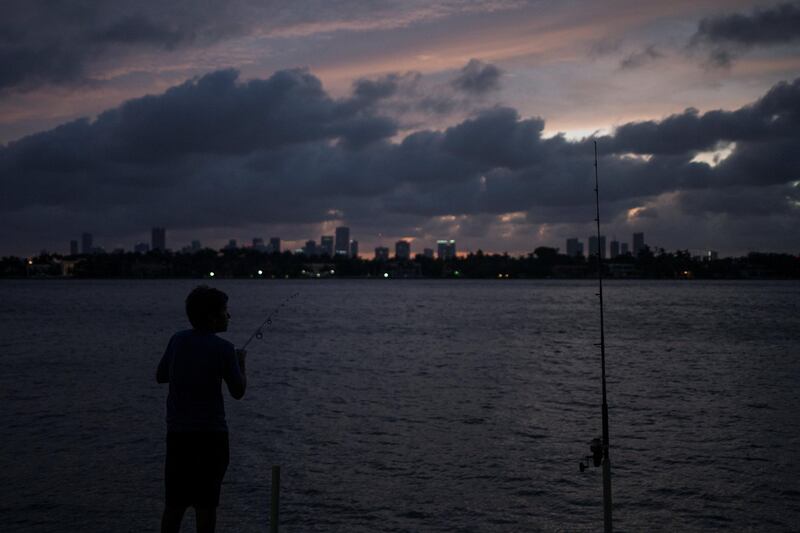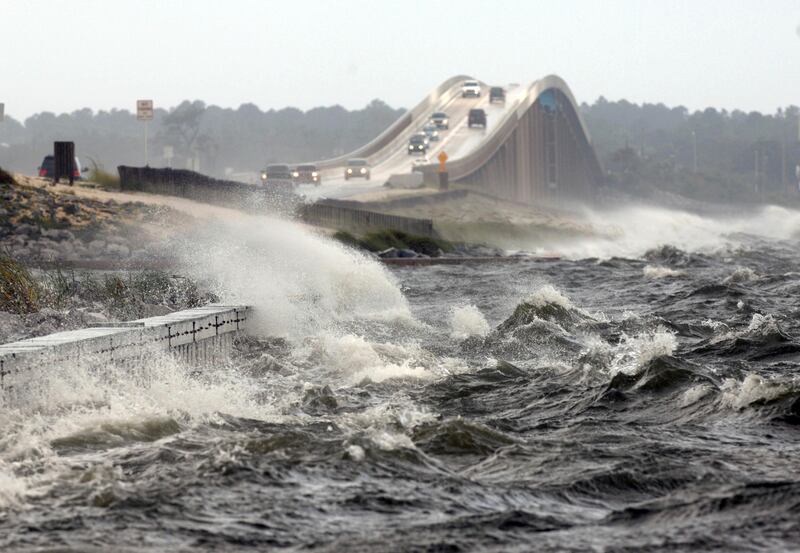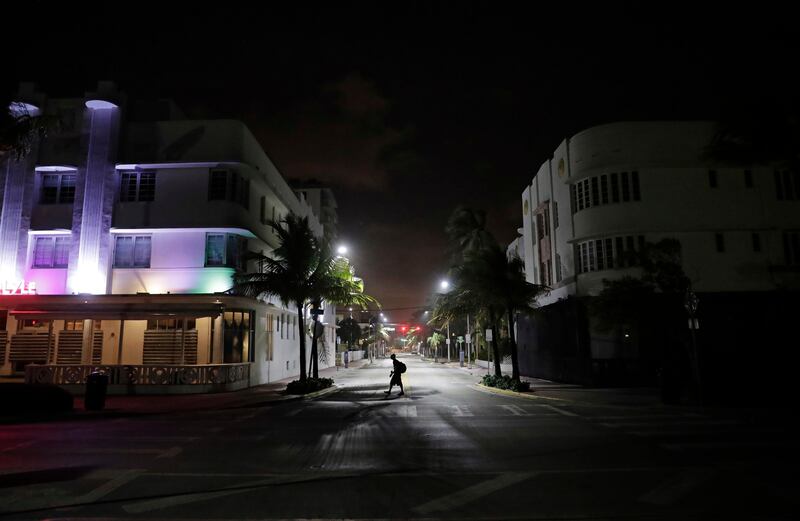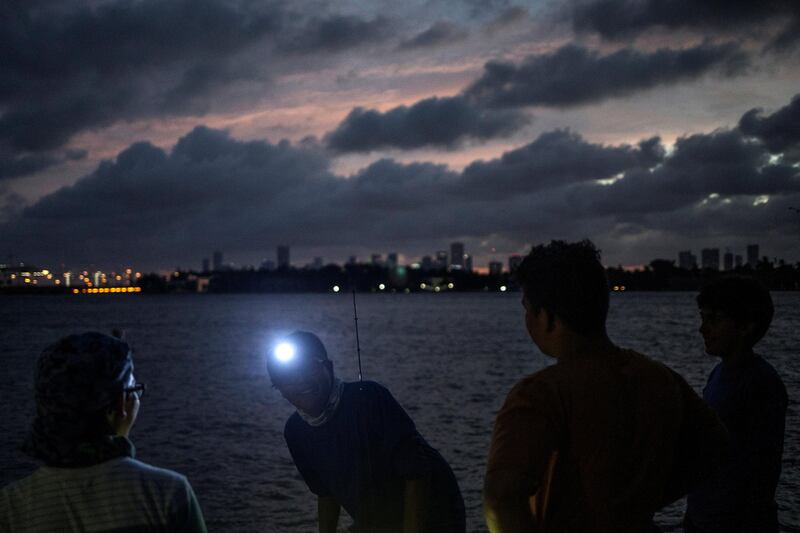Hurricane Irma's relentless advance on Florida narrowed the window for residents to get to safely, with the latest forecasts shifting landfall southwest of the heavily populated Miami metro area.
Forecasters adjusted Hurricane Irma's potential track more toward the west coast of Florida, away from the Miami metropolitan area of 6 million people, meaning "a less costly, a less deadly storm," University of Miami researcher Brian McNoldy said.
Nevertheless, forecasters warned that its hurricane-force winds were so wide they could reach from coast to coast, testing the nation's third-largest state, which has undergone rapid development and more stringent hurricane-proof building codes in the last decade or so.
"This is a storm that will kill you if you don't get out of the way," National Hurricane Center meteorologist Dennis Feltgen said. "Everybody's going to feel this one."
Irma killed at least 20 people in the Caribbean and left thousands homeless as it devastated small resort islands known for their warm, turquoise water.
In Florida, gas shortages and gridlock plagued the evacuations, turning normally simple trips into tests of will. Parts of interstates 75 and 95 north were bumper-to-bumper, while very few cars drove in the southbound lanes.
______________
Read more:
Hurricane Irma will 'devastate' parts of America as 5.6m people are asked to evacuate
UAE embassy in US welcomes citizens evacuated from Florida ahead of Irma
______________
"We're getting out of this state," said Manny Zuniga, who left his home in Miamiat midnight Thursday to avoid the gridlock. "Irma is going to take all of Florida."
Despite driving overnight, he still took 12 hours to reach Orlando — a trip that normally takes four hours. From there, he and his wife, two children, two dogs and a ferret were headed to Arkansas.
Andrew razed Miami's suburbs with winds topping 165 mph (265 kph), damaging or blowing apart over 125,000 homes. Almost all mobile homes in its path were obliterated. The damage totaled $26 billion in Florida's most-populous areas. At least 40 people were killed in Florida.
